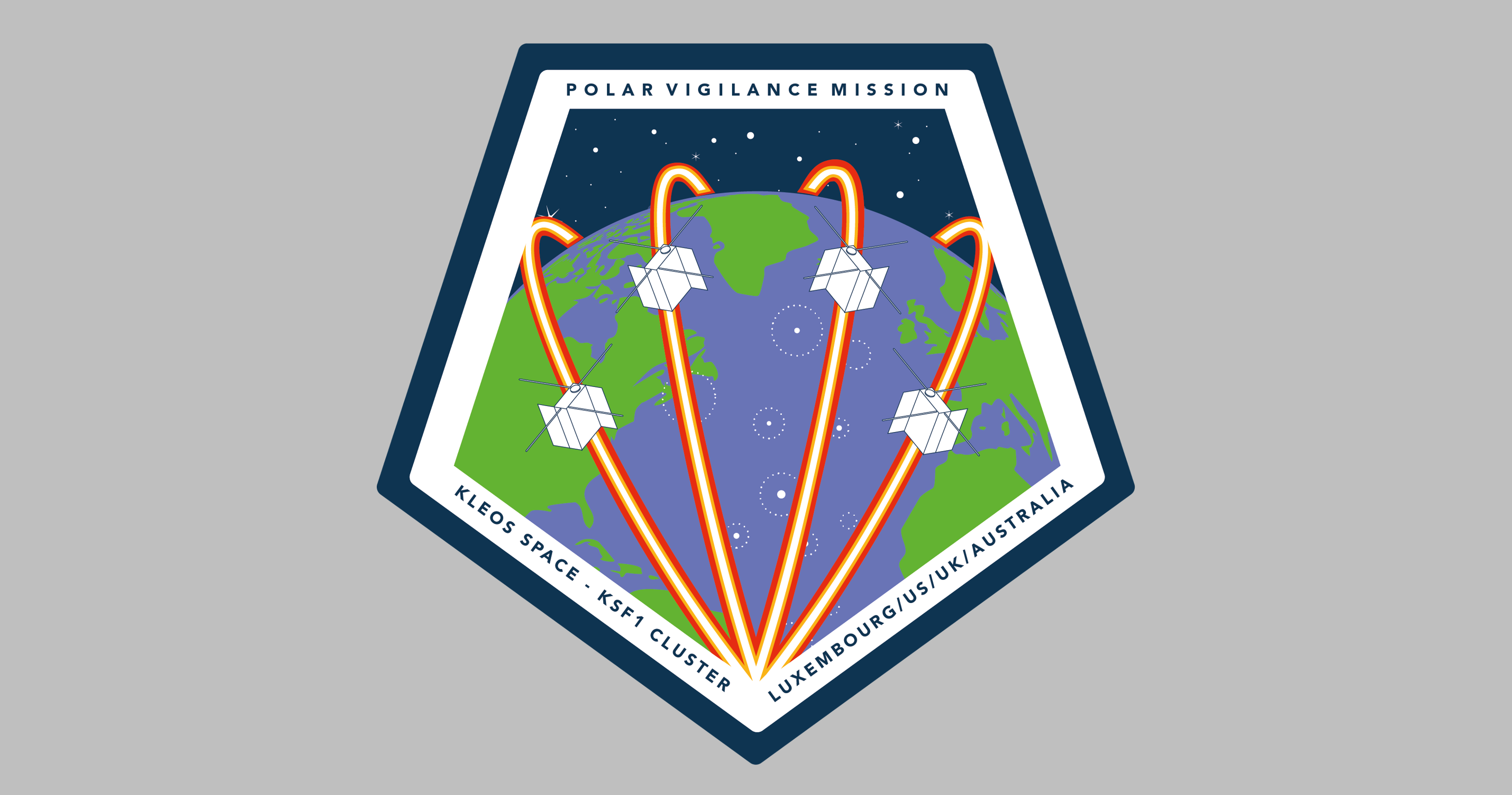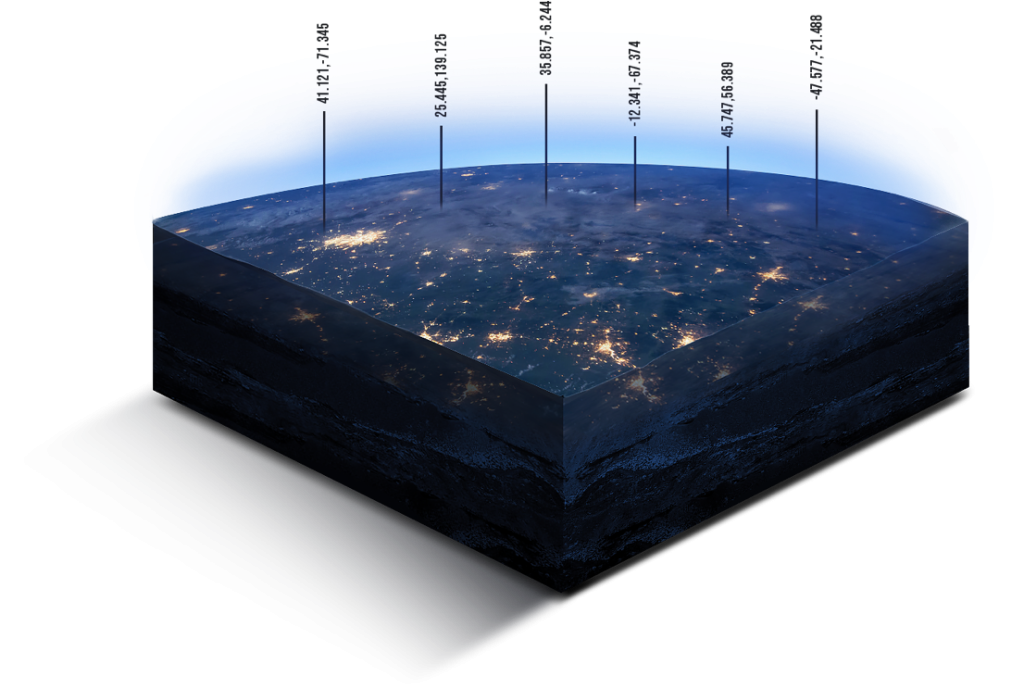- Radio frequency data collected from Vigilance Mission (KSF1) has been successfully processed through the Kleos’ technology platform generating the geospatial intelligence product (LOCATE)
- Kleos’ LOCATE product has been released to initial customers
Kleos Space S.A. (ASX: KSS, Frankfurt: KS1, Kleos or Company), a space-powered defence & intelligence technology company, confirms it is now successfully processing RF data collected by the Vigilance Mission (KSF1) satellites through its signal processing technology platform to create its geospatial intelligence (GEOINT) product, LOCATE, which has been released to initial customers alongside other intelligence collected by the Vigilance Mission.
Kleos CEO Andy Bowyer said, “Our geospatial intelligence is now available to initial customers, with additional data volumes being made available as we bring more of our satellite constellation online. Our technology delivers actionable intelligence from sensor collections, helping solve some of the world’s greatest societal, economic, and environmental challenges.”
The Kleos proprietary technology platform uses signal processing techniques to convert the raw data collected from sensors onboard Kleos’ RF data collection satellite constellation that is designed to collect and downlink RF data accurately and with redundancy, or potentially from other sources, into actionable intelligence.
The technology platform performs signal analysis & processing operations to detect and locate targets, cooperative or not. The geospatial intelligence product output from the technology platform (LOCATE) provides the frequency of the detected transmitter, the reception time, the transmitter coordinates, and the confidence ellipse parameters.
LOCATE provides a valuable intelligence, surveillance, and reconnaissance (ISR) capability to governments and commercial entities. It complements other intelligence sources to improve the detection of illegal and/or hidden activity such as piracy, drug, and people smuggling, illegal fishing, pollution, and border challenges.
Recent advancements in Kleos’ ground signal processing technology now allow the Company to deliver the LOCATE geospatial intelligence product with as few as two satellites in a formation, a reduction from the previous minimum of three. The algorithm advancements will also facilitate the ability for Kleos’ processing platform to ingest raw data from other sensors in addition to those owned by Kleos, potentially accelerating the volume of intelligence available to customers with the possibility of lower CAPEX spending.
RF Data Collection Constellation Status Update i
The Vigilance Mission (KSF1) is delivering collected RF data to the Kleos intelligence processing platform with full capacity expected to be achieved over the coming weeks, and the Observer Mission (KSF2) is expected to be delivering data to the platform by the end of March 2023.
As previously reported, there have been technical issues with one of the four Vigilance Mission (KSF1) satellites that have so far prevented it from joining the cluster formation during commissioning as planned. Similarly, one of the four Observer Mission (KSF2) satellites had technical issues which have prevented it from continuing nominal commissioning to date. A plan provided by the manufacturer to correct the anomalies will be enacted to resolve the issues and have the two satellites re-join their respective cluster siblings.
With both Vigilance (KSF1) & Observer (KSF2) Missions, the focus has been to complete commissioning and to commence data acquisition. The number of satellites in each mission is intended to provide a layer of redundancy alongside technical advantages (the number of satellites collecting simultaneously and in formation affects the potential accuracy of the geospatial output). Due to the Kleos signal processing technology capability advancements detailed above, the number of satellites that are required to be active and in-formation has been further reduced.
Kleos CTO Vincent Furia commented: “While the commissioning of the KSF1 and KSF2 satellites has been slower than anticipated, we have made significant progress recently that gives us confidence that our satellite build partners will resolve the remaining issues in a timely manner and continue delivering the capabilities required to make our intelligence products available to customers.”
The next mission, the Patrol Mission (KSF3), is launching on SpaceX Transporter 6 and is now expected to launch in January 2023.
Revenue Timing Update i
It is anticipated, subject to the risks as set out below, that the catalyst for deferred revenue recognition, revenue growth and cash receipts will begin with the Vigilance Mission (KSF1) as its operational capacity is ramped up over 1H-2023 (deferred from Q4 2022 in the Q3 2022 Quarterly). Subsequent clusters will follow a similar process once becoming commercially operational in 2023.
i The statements relating to the constellation status, delivery of the LOCATE product and revenue timings involve known and unknown risks, uncertainties and other factors that may cause the Company’s actual performance, and achievements to differ materially from any performance or achievements, expressed or implied by these statements including the ability of any individual satellite to generate useful collected data. Relevant factors may include, but are not limited to, technological resourcing, technical and launch delays, satellite health status, the ability for the satellite manufacturer to resolve any known or unknown issues in a timely manner, accounting treatment of assets to comply with IFRS rules, foreign exchange fluctuations and general economic conditions, increased costs, the risk and uncertainties associated with space technology, Geopolitical and social risks, Supplier delivery issues, changes to the regulatory framework within which the Company operates or may in the future operate, environmental conditions including extreme weather conditions, recruitment and retention of personnel, industrial relations issues, covid 19 or other pandemic impacts, and litigation. The Company monitors these factors in order to make periodic assessments, which could result in the impairment of the intellectual property and satellite assets which are not able to contribute to free cash flow as intended. For further information as to the risks which may impact the Company’s results and performance, please see the risk factors included in the Prospectus lodged with ASX in August 2018.

